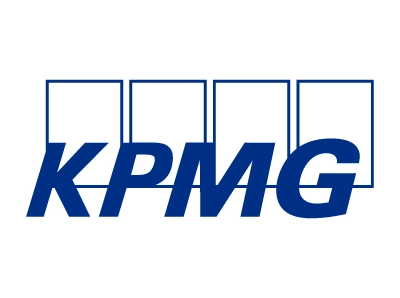How Flourish Cash is able to pay great rates
Last updated: December 11, 2025
Estimated reading time: 3 minutes
Flourish Cash† was designed to give customers access to a competitive interest rate and more FDIC insurance coverage through our Program BanksΩ within our easy-to-use and highly-secure platform. Read on to learn more about how Flourish Cash works behind the scenes.
How Flourish Cash Works
Understanding how the Flourish Cash program works at a high level is quite simple. Customers looking to earn a competitive rate on their cash reserves can deposit money into a Flourish Cash account. Flourish then sweeps these deposits into our FDIC-member Program Banks, with whom we’ve negotiated higher interest rates. We keep a portion of the spread as our revenue and pass along the vast majority of interest to our customers. As of 12/11/2025, Flourish Cash offers a rate of 3.25% APY,§ which is up to 8x more than the national savings account average.# Our rates are subject to change at any time.
While the program is simple, many Americans are so used to earning nothing on their deposits that it can be surprising that Flourish Cash can pay such high rates.
Why banks frequently pay such low rates
Banks ultimately need deposits in order to support lending activity. In order to write new mortgages at 7% APY, auto loans at 9% APY, or offer credit cards at 15% APY, the bank may need to put in place a strategy to attract a certain amount of new deposits or retain existing deposits. For a typical brick-and-mortar bank, that might involve paying a competitive rate on deposits, but also may entail spending money on print or digital advertising, maintaining physical branches, staffing customer service teams, and more. Even for banks that pay low rates, it can be costly to raise deposits.
At the same time, banks simply aren’t incentivized to pay more. According to a Wall Street Journal analysis of S&P Global Market Intelligence data, the five largest U.S. banks by deposits – Bank of America, Citigroup, JPMorgan Chase., U.S. Bank, and Wells Fargo – which collectively hold about half of all the money kept at U.S. commercial banks in savings and money market accounts, paid an average of 0.40% APY in interest during the third quarter of 2022. By keeping money in these low-interest paying accounts, savers missed out on $42 billion that they could have earned if the money had been in a high-yield savings account.1
Why our Program Banks are willing to pay such competitive rates
For banks looking to expand lending activity, rather than incur all the costs of attracting those deposits directly, banks can instead pay competitive rates in exchange for bulk deposits.
For our Program Banks, paying competitive rates in order to attract tens or hundreds of millions in deposits from Flourish, at times literally overnight, can be extremely attractive in comparison to the many costs required to attract deposits directly. Our Bank Partnerships team works directly with banks to understand their funding needs and strike mutually beneficial, floating rate contracts – typically based on benchmarks like the Federal Funds Effective Rate (EFFR) or Federal Funds Target rate (FFT). We prioritize long-term, stable bank partnerships and have worked with many of the banks in our program for years.
The end result: better yield for our clients through efficient access to the macro interest rate environment and increased FDIC coverage through our Program Banks.
About Flourish
Flourish builds technology that empowers financial advisors, improves financial lives and retirement outcomes, and delivers new and innovative investment options to advisors. Today, the Flourish platform is used by more than 1,000 wealth management firms representing more than $2.6 trillion in assets under management. Flourish is wholly-owned by MassMutual. For more information, visit www.flourish.com.
